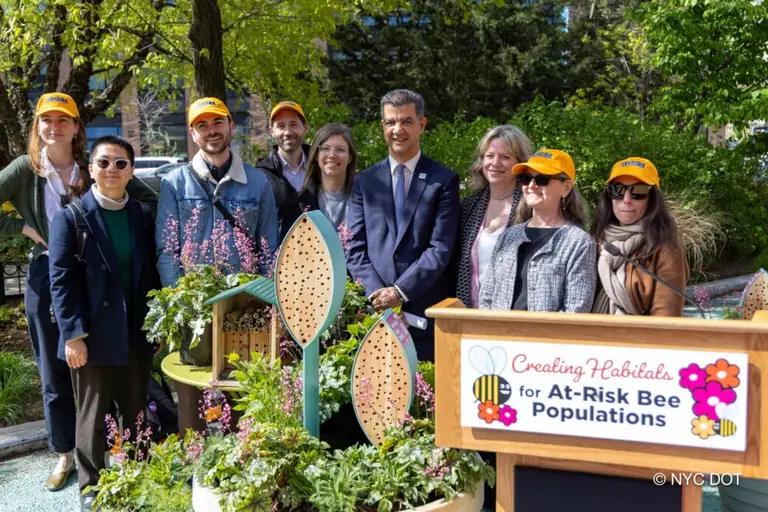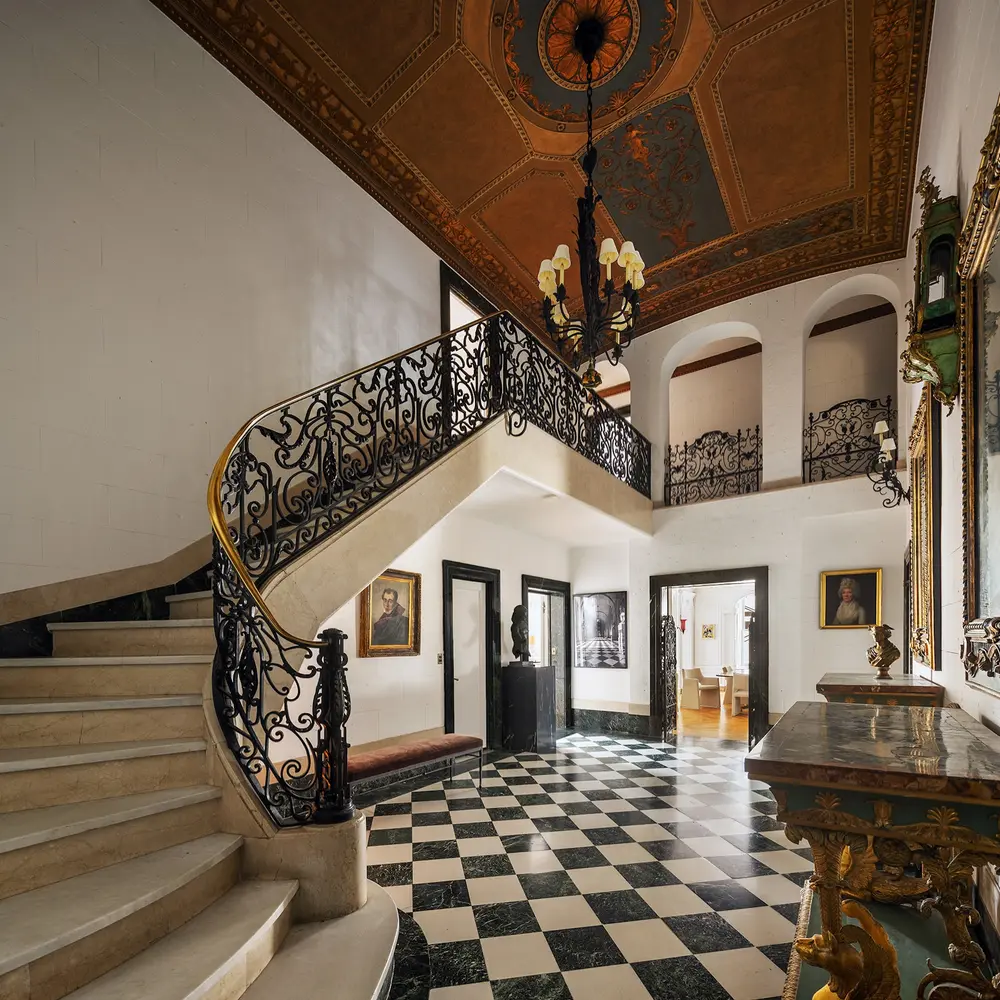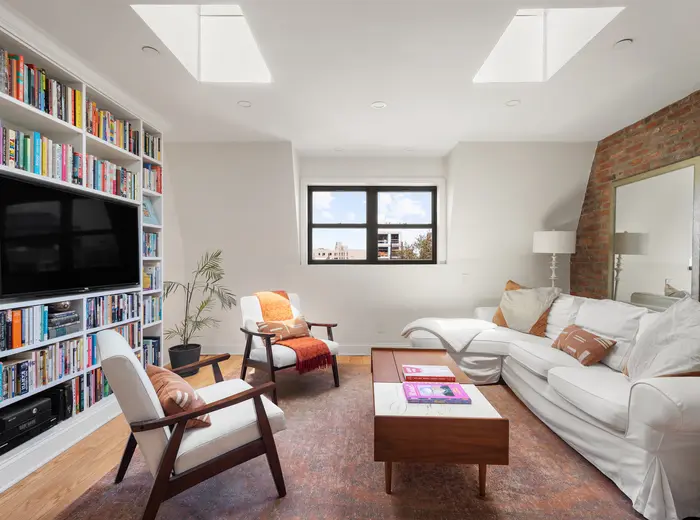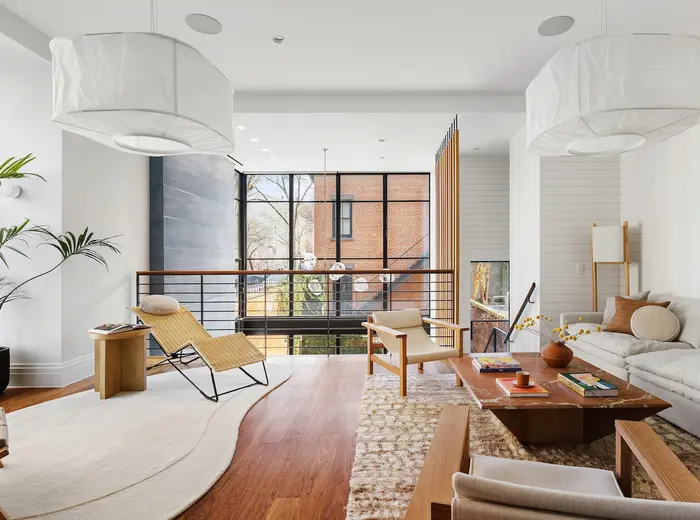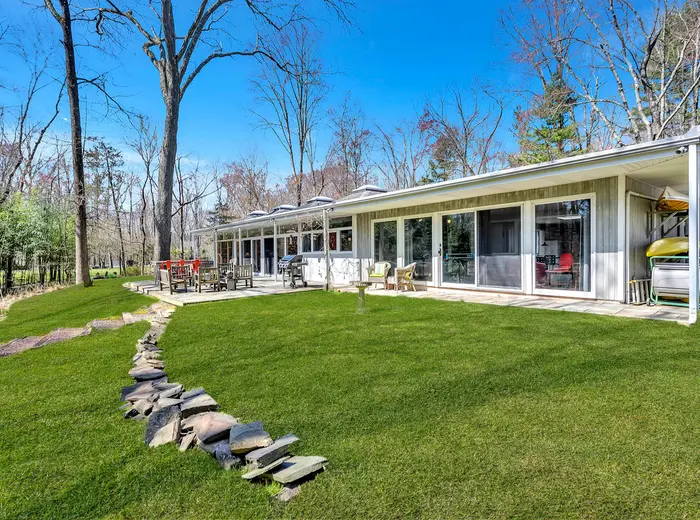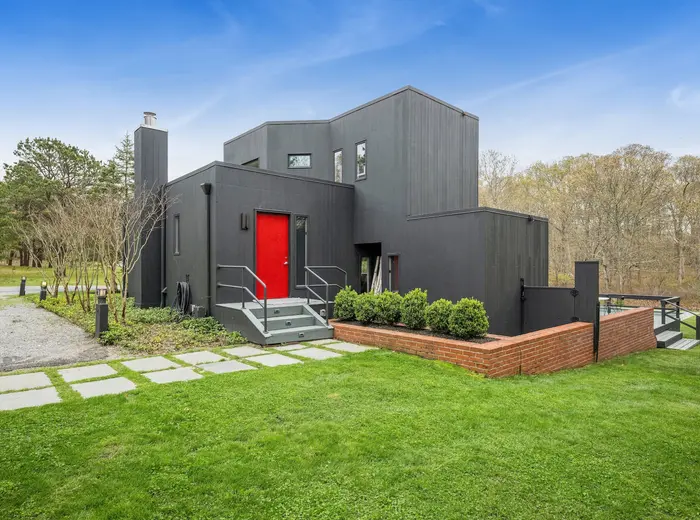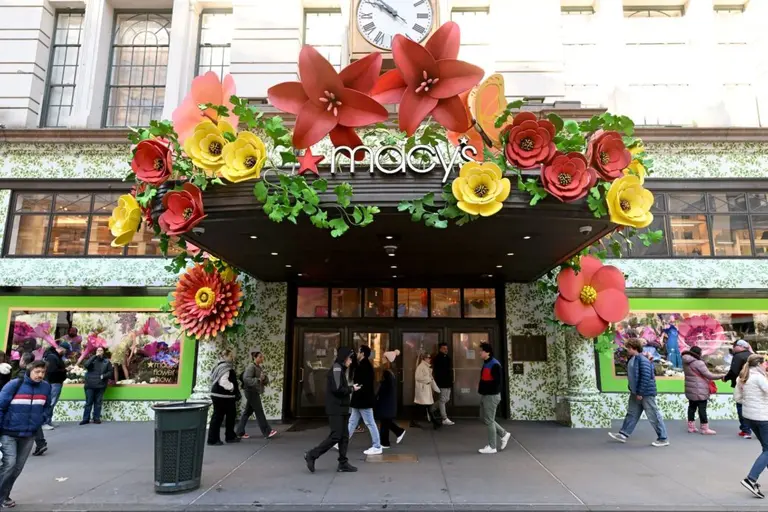Could Mount Sinai’s new self-reporting app help map coronavirus in NYC?
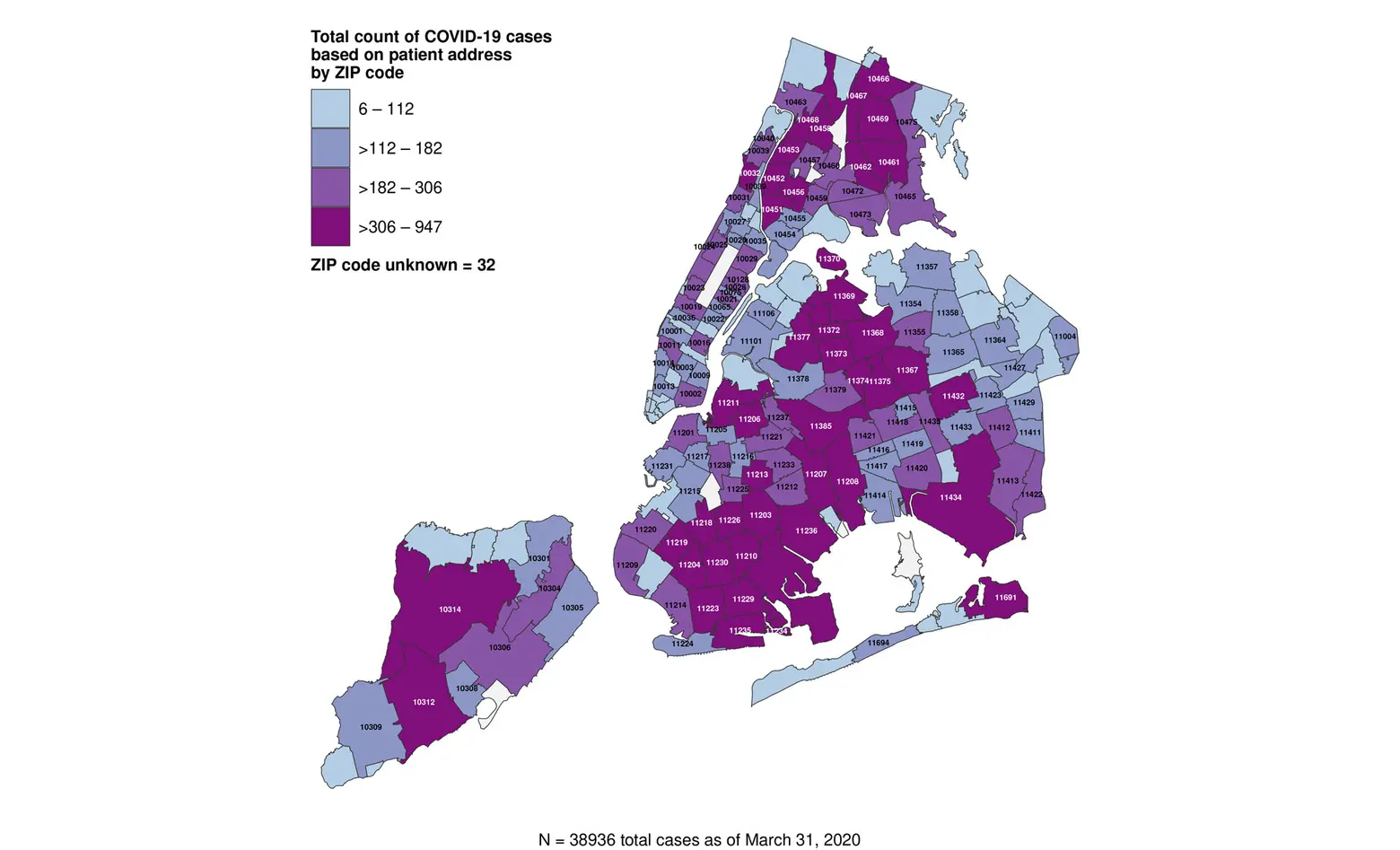
Map by the Department of Health showing total count of people testing positive for COVID-19 by zip code
It makes sense that New Yorkers would want to know many positive cases of COVID-19 are in their neighborhoods, but can you really provide the information accurately? Yesterday, the Department of Health released a zip code-based map that shows the number of patients testing positive for coronavirus, which, as the Post first reported, alarmingly points to the fact that wealthier zip codes have far fewer positives. However, this does not take into account the rate of testing or population of a given area, leading many experts to say the map actually paints a picture of testing behavior, not positive cases. This is why the Mount Sinai Health System today launched an app where New Yorkers can self-report their symptoms and test results.
Referring to the DOH’s new map, data scientist Michael Donnelly told the Post:
Over time we start to see the effect of the fact that Manhattan and the inner zip codes of Queens and Brooklyn have a lower positive rate because they were able to bend the curve before the outer boroughs. I think the clear next step there, is if that’s true, then there’s a real socio-economic inequality, inequity in the fact that these ZIP codes, which also tend to skew lower socio-economic, are also going to be the ones who are harder hit by this pandemic. Broad strokes, those tend to be the wage workers, emergency service workers that are exposing themselves more and more over time.
But without layering this data over the total number of people tested, it’s hard to put a lot of stock in it. Are Manhattanites self-isolating and not seeking tests? Are medical facilities in Queens testing more aggressively? There are many unknowns.
Which is why data scientists, physicians, and engineers at Mount Sinai launched STOP COVID NYC, a web-based app to track the spread of the virus across New York City. Laura Huckins, PhD (Assistant Professor of Genetics and Genomic Sciences, and Psychiatry, at the Icahn School of Medicine at Mount Sinai, and a leader of this project) said in a press statement:
To do this well, we need our whole city to help, not just those in hospitals or with access to health care. Everyone is included, and everyone can help. Capturing citywide coronavirus data from residents before, during, and after they become ill could help to reduce the pressure on medical resources and contribute to slowing the spread.
Girish Nadkarni, MD (a team lead, Clinical Director of the Hasso Plattner Institute for Digital Health, faculty member in the Charles Bronfman Institute of Personalized Medicine, and Assistant Professor of Medicine (Nephrology) at the Icahn School of Medicine at Mount Sinai) notes that most of the available data comes out of China, but now he sees “a critical and urgent need to understand more about the clinical course of the disease.”
To that end, New Yorkers are encouraged to text “COVID” to 64722 to enroll in the app, where they’ll then complete an initial survey that asks questions about demographics, exposure, and symptom history. Participants will then receive short daily text surveys about their symptoms. The data could be used to identify emerging clusters and allocate resources.
Paul O’Reilly, PhD, a team lead and Associate Professor of Genetics and Genomic Sciences at the Icahn School of Medicine at Mount Sinai, emphasized how important it is for everyone to participate. “We want feedback from as many people as possible, including those who are healthy and sick, young and old. This is a survey about New Yorkers, for New Yorkers.”
As of 9:30am this morning, 44,915 people in New York City had tested positive for the virus. The by-borough breakdown is as follows:
- Bronx: 8,398 (19%)
- Brooklyn: 12,076 (27%)
- Manhattan 6,960 (16%)
- Queens 14,966 (33%)
- Staten Island 2,480 (6%)
- Unknown: 35
RELATED:
